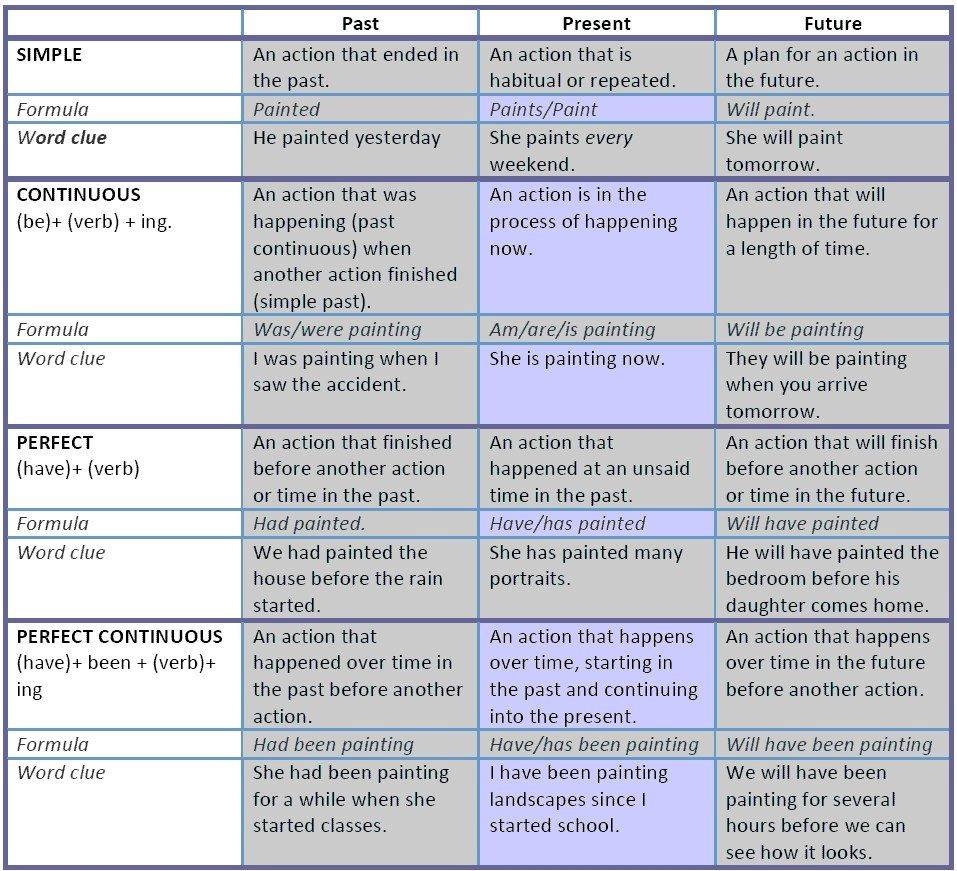Understanding the different forms of tenses is crucial in mastering the English language. Tenses allow us to convey when an action took place, whether it is in the past, present, or future. By knowing the 12 forms of tenses, you can enhance your writing and communication skills.
From simple present to future perfect continuous, each tense serves a specific purpose in expressing time frames. Let’s delve into the 12 forms of tenses and explore how they can be used effectively in sentences.
1. Simple Present Tense
The simple present tense is used to describe actions that happen regularly or facts that are true.
2. Present Continuous Tense
The present continuous tense is used to describe actions that are happening at the moment of speaking.
3. Present Perfect Tense
The present perfect tense is used to describe actions that have been completed recently or have a connection to the present.
4. Present Perfect Continuous Tense
The present perfect continuous tense is used to describe actions that started in the past and are still ongoing.
5. Simple Past Tense
The simple past tense is used to describe actions that happened at a specific time in the past.
6. Past Continuous Tense
The past continuous tense is used to describe actions that were happening at a specific time in the past.
7. Past Perfect Tense
The past perfect tense is used to describe actions that were completed before a certain point in the past.
8. Past Perfect Continuous Tense
The past perfect continuous tense is used to describe actions that were ongoing before a certain point in the past.
9. Simple Future Tense
The simple future tense is used to describe actions that will happen in the future.
10. Future Continuous Tense
The future continuous tense is used to describe actions that will be happening at a specific time in the future.
11. Future Perfect Tense
The future perfect tense is used to describe actions that will be completed before a certain point in the future.
12. Future Perfect Continuous Tense
The future perfect continuous tense is used to describe actions that will be ongoing before a certain point in the future.
By mastering the 12 forms of tenses, you can effectively convey the timing of actions in your writing and communication. Practice using each tense in sentences to become more proficient in their usage. With time and dedication, you will enhance your language skills and become a more confident communicator.
